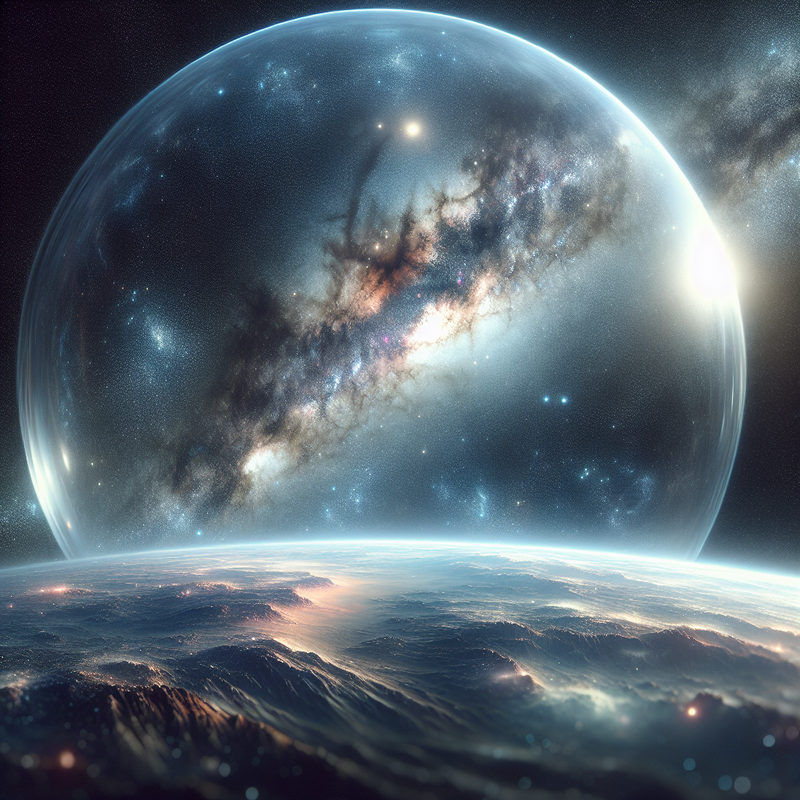A revolutionary new concept by a group of astrophicists posits that Earth and the surrounding Milky Way galaxy might be located within an enormous, sparse cosmic bubble. This significant expanse could account for the observed inconsistencies in the speed at which the universe expands, offering a possible resolution to the widely recognized Hubble tension.
The Hubble tension is the perplexing conflict that exists between the calculated rates of the universal expansion when looking at the early universe compared to those from the more recent, local universe. This topic has been a matter of exploration at the National Astronomy Meeting (NAM) in Durham, hosted by the Royal Astronomical Society, where emerging insights were revealed.
A Unique Spatial Occurrence with Broad-Scale Consequences
According to the cosmic bubble theory, the Milky Way is near the heart of what has been dubbed a “local void,” an immense space of underdensity stretching a billion light-years. Dr. Indranil Banik from the University of Portsmouth, the proponent of the theory, clarifies, “The presumptive ‘void’ infers that objects receding from us would move faster due to the gravitational attraction toward the denser areas surrounding the void.” He adds, “This inferred gravitational drive, which channels matter outside of the void, presents an illusion of an increased rate of expansion in our local vicinity.”
To validate this local void’s reality, our planet would need to be close to its core, at a spot where the density of matter is roughly 20 percent below the average density seen throughout the cosmos. This perspective challenges the paradigmatic cosmological model, which advocates for a more homogenous matter distribution.
Echoes from the Universe’s Dawn Bolster Evidence
The potential existence of the local void garners support from the exploration of baryon acoustic oscillations (BAOs), which are regarded as cosmological “rulers” and echo the primordial universe’s acoustic waves, delineating the cosmic expansion’s trajectory. According to the datasets introduced by Dr. Banik, the local void scenario is “about one hundred million times more probable than one without a void.”
An extensive plan for future inquiries involves pitting the local void hypothesis against cosmic chronometers—analytical tools that assess the age of older galaxies to draw conclusions on the history of the universe’s expansion. These assessments tie the age of these galaxies to the redshift experienced, which illustrates the scope of the cosmic expansion from the time the galaxy emitted its light.
With a plethora of public discourse reflecting varying views on these findings, the academic community dedicates itself to thorough discussions and investigations into the comprehensive impact of the local void theory. As efforts to decipher the mystery of the universe’s expansion march on, scientists eagerly anticipate that forthcoming work with cosmic chronometers might guide them closer to a solution to the Hubble tension enigma.
















